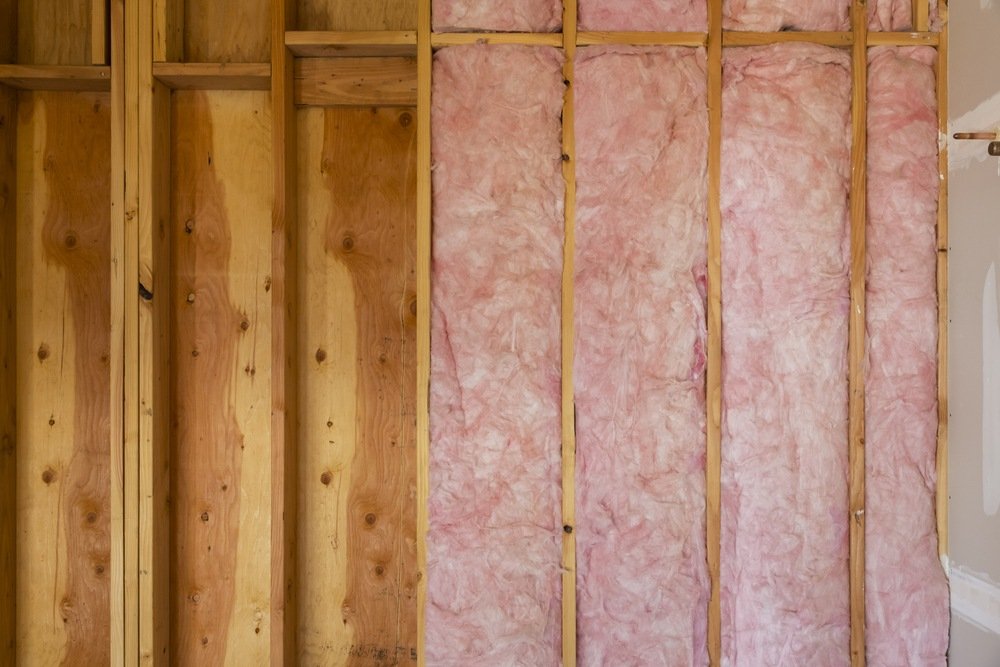How To Make Your WALL INSULATION Energy Efficient
 Wall insulation slows down the flow of heat that travels out of your home during the winter and into your home during the summer. With proper insulation, you can reduce the need for your heating and cooling system and save big on your monthly energy bills.
Wall insulation slows down the flow of heat that travels out of your home during the winter and into your home during the summer. With proper insulation, you can reduce the need for your heating and cooling system and save big on your monthly energy bills.
How can you check your current wall insulation?
Before you begin to improve your wall insulation, you have to figure out what kind, if any, you already have. To do this, pick a wall near an unheated space such as a garage or basement. Turn off your power and remove an electric outlet cover on one of these walls. Using a flashlight, peek
into the wall through the cracks around the outlet box. Even though this is a small space, you should be able to see insulation if there is any. Try to pull a tiny piece out so you can determine what type and thickness it is. Remember, just because you have insulation in the first wall you check does not mean that all walls in the house are insulated, so it’s important to check multiple walls.
What are the best materials to use?
There are many different types of insulation, but some work better in walls than others. If you are insulating an existing home, blow-in insulation is recommended. This insulation must be put in by a professional who has the special equipment needed to properly install it. Blow-in insulation is great for hard to reach places or irregular shapes, so it works well with walls.
Another type of insulation that will work on existing homes is fiberglass batt. Luckily, this type of insulation can be installed without the help of a professional. Simply measure the insulation material and fit it in between the wall studs without compressing the batts.
However, if you’re building a new home and still deciding how to insulate the walls, it is recommended that you try insulating concrete forms. These are foam boards or blocks that are installed as part of the home’s actual structure. Because the blocks are part of the home’s walls, they are powerful insulators and work wonders when it comes to controlling heat flow.

Which rooms should you work on first?
Insulating interior walls not only can reduce heat flow from room to room, but it also can provide some level of soundproofing. If you have any loud rooms in your home such as a movie theater, you may want to insulate these areas first to avoid disturbing the rest of the house.
You should also insulate interior walls of rooms that you do not use all the time, such as a guest room or storage area. Heating or cooling these areas can be expensive, so wall insulation will help reduce energy costs.
Ideally, all exterior walls should be insulated to effectively reduce the flow of heat in and out of the home. Insulating exterior walls should always be a priority over insulating the interior of the home.
This one change will make a huge difference in your comfort level within your home. During the winter, you’ll notice that there is less of a difference in temperature between the rooms, and there are no cold drafts running through the house. In the summer, you may notice that you don’t need to crank the thermostat down as far to keep cool. Wall insulation is an investment that most definitely pays off!


